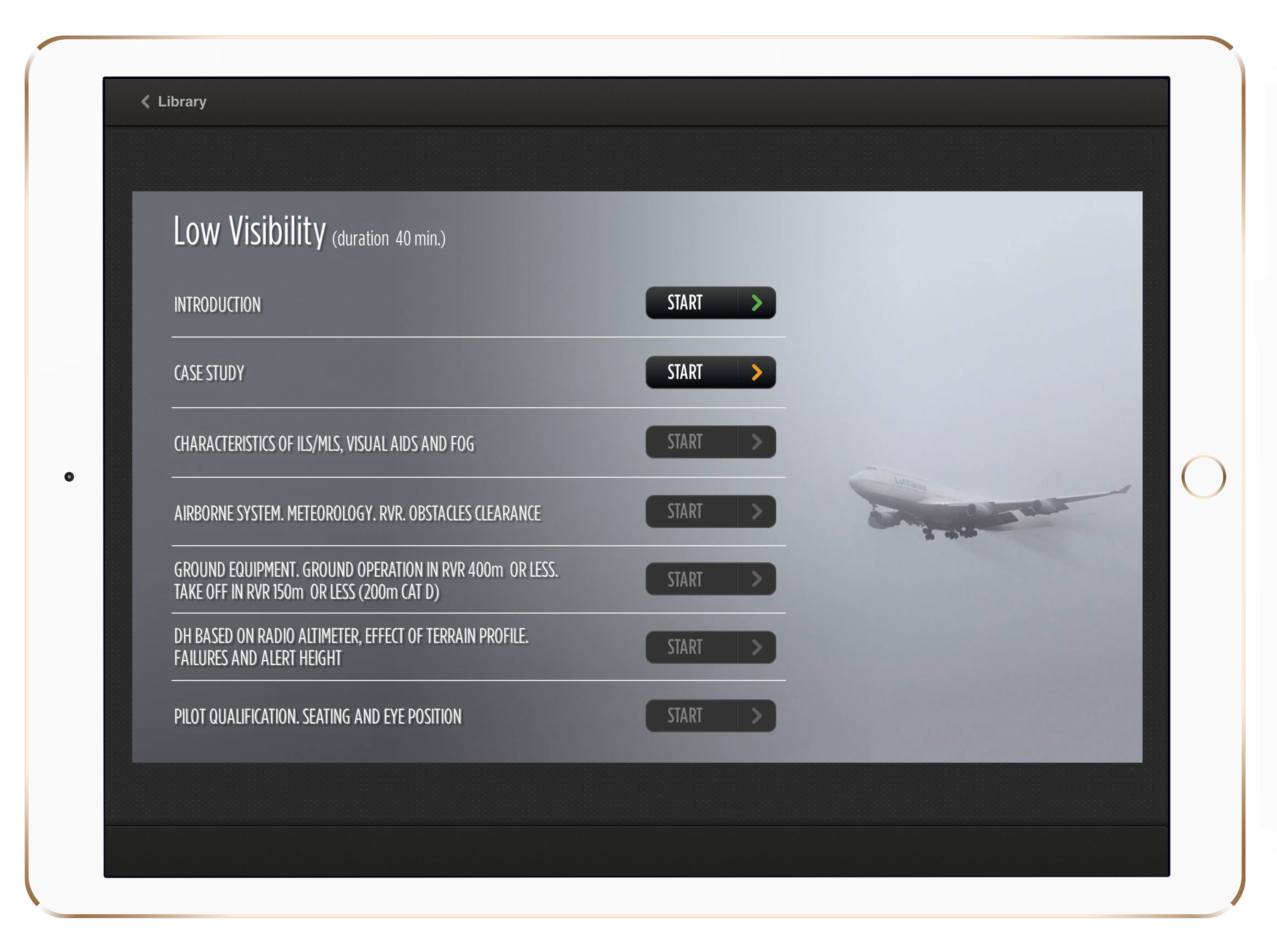
If a rejected take-off ( RTO) is carried out, pilots must maintain awareness of runway length remaining using whatever external visual cues are available relevant runway lighting, signage or markings may be available.Īs visibility deteriorates, the potential for runway incursions by aircraft, vehicles or personnel increases.

Low visibility verification#
Low visibility take off also requires careful attention to correct runway alignment before the take-off is commenced an ILS LLZ signal can be used for verification if available. Making the necessary transition to visual reference during the final stages of an approach to land in poor visibility is critical and certain requirements must be met to reduce the risk of a Runway Excursion. The aircraft is likely to be badly damaged or destroyed if it collides, at high speed, with any sizeable object. An aeroplane on the ground is at its most vulnerable during the landing and the take-off phases of flight when the options for avoiding action, if an obstruction is encountered, may be very limited. On aerodromes where the ground marking and lighting is adequate, ground traffic at reasonable flow rates can often be sustained safely in reduced visibility. It should be noted that in the latter case, surface visibility may be relatively good but the TWR visual control room may be in cloud/ fog.


Low visibility procedures exist to support Low Visibility Operations at Aerodromes when either surface visibility is sufficiently low to prejudice safe ground movement without additional procedural controls or the prevailing cloud base is sufficiently low to preclude pilots obtaining the required visual reference to continue to landing at the equivalent of an ILS Cat 1 DH/DA. Note that ICAO requires LVP for all departures below 550m RVR, not just LVTO. Low visibility take-off (LVTO) means a take-off with a Runway Visual Range (RVR) lower than 400 m but not less than 75 m. It provides guidance to help airport operators who seek new or continued FAA LVO/SMGCS authorization to reach such approval.Low visibility procedures (LVP) means procedures applied at an aerodrome for the purpose of ensuring safe operations during lower than standard category I, other than standard category II, category II and III approaches and low visibility take-offs. It establishes the necessary Federal Aviation Administration (FAA) headquarters (HQ) and operating services roles, responsibilities, and activities for LVO at Runway Visual Range (RVR) values of less than 1,200 ft for each runway at an airport.
Low visibility code#
This order provides policy to standardize Low-Visibility Operations/Surface Movement Guidance and Control System (LVO/SMGCS) operations at Title 14 of the Code of Federal Regulations (14 CFR) part 139 U.S. Order 8000.94A - Procedures for Establishing Airport Low-Visibility Operations and Acceptance of Low-Visibility Operations/Surface Movement Guidance and Control System Operationsĭocument Information Type Order Number 8000.94A Title Procedures for Establishing Airport Low-Visibility Operations and Acceptance of Low-Visibility Operations/Surface Movement Guidance and Control System Operations Date issued Status Active Office of Primary Responsibility AFS-400 Access restriction
Low visibility series#
Airport Safety Information Video Series.



 0 kommentar(er)
0 kommentar(er)
